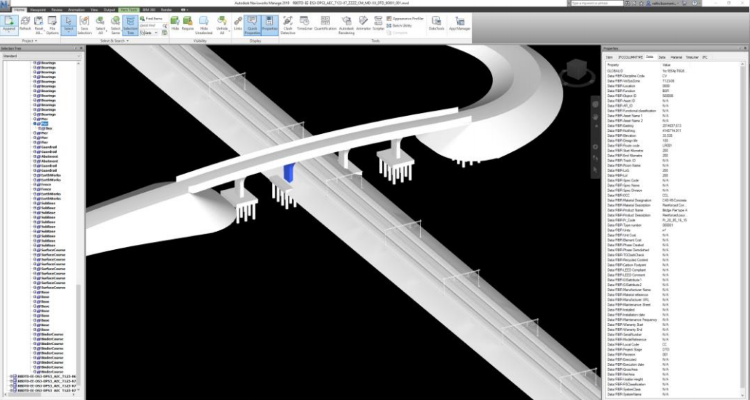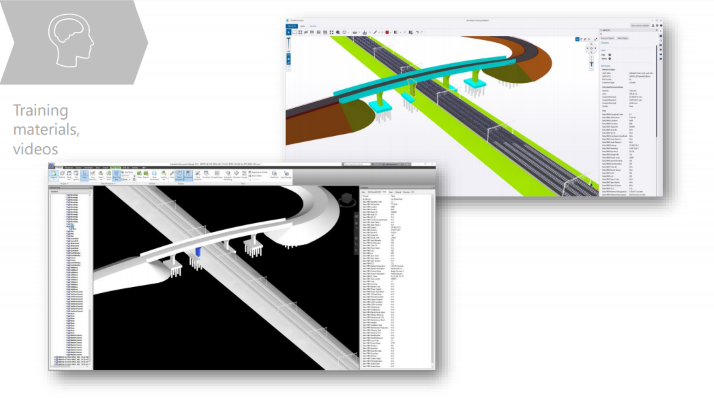BIM at Rail Baltica, the largest European railway project

Facilitating connections between countries and capitals for both passengers and goods and making them faster and more effective is an objective that does not end, but continues. It is clear that the global transport network enables such connections. However, the implementation of BIM in new projects allows us to explore new horizons in terms of innovation.
Rail Baltica is the largest railway infrastructure project in Europe today. Categorised as a "greenfield" project, it means starting from scratch and with no design, references or restrictions on previous work, this project will link the Baltic countries, Estonia, Latvia and Lithuania to the Trans-European Transport Network (TEN-t). Connections between the capitals will take only two hours and up to ten trains will run daily on the Vilnius-Kaunas-Warsaw route. A fast and sustainable link between cities will therefore be ensured.
The novelty of this project is the use of BIM applied to civil works in an area where there are not too many patterns. Prointec, the civil engineering subsidiary of the Spanish company Indra, will participate in the project and will provide the tools and knowledge to apply this methodology. They will use it to create and manage the construction system, centralizing the information in a 3D digital model in which even the steel reinforcements in the concrete structures will be replicated.
The methodology will enable this project to carry out simulations, optimise the design, improve sustainability and reduce costs. Official data estimate that by 2025, digitalisation will provide savings of between 13% and 21% in infrastructure design and construction and between 10% and 17% in operations.
In terms of design, the project will have nine railway bridges, fifteen road overpasses, eleven eco-ducts and 148 drainage works - frames. In addition, it will also include three passenger stations and one freight station. With a duration of 27 months, this design phase will include both the geotechnical aspects and investigations and the more detailed technical design from conceptual to constructive. The second phase, on the other hand, will be maintained for 60 months, and the correct execution of the project and the modifications to the initial design will be established.





To view all the PDF click here.
Image Source: https://www.railbaltica.org/












